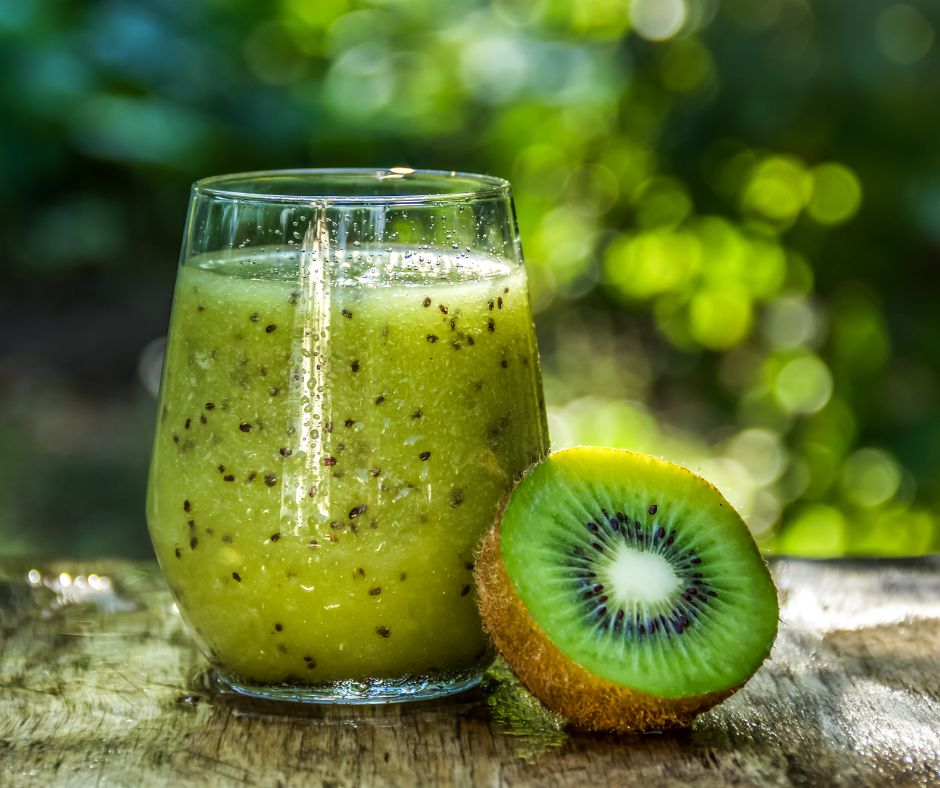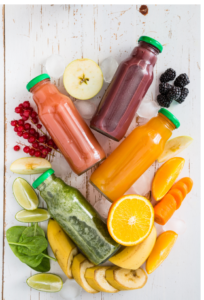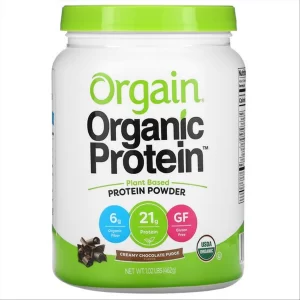Smoothies and IBS : 5 Tummy Saving Tips for Summertime Smoothies!

Smoothies and IBS
How can smoothies and IBS come together?
There is nothing like a cold smoothie on a hot summer day. However, when you have irritable bowel syndrome (IBS) a cold smoothie can send the gut into cramps, bloat your tummy like a beach ball or signal your colon for a quick (I mean run) trip to the bathroom!
Below are 5 general tips to follow so you can enjoy your smoothie for the summer and beyond.
5 Tummy-Saving Tips for Summertime Smoothies!!
1. Create your Smoothie with lower FODMAP foods
It is well-established that some people with IBS are sensitive to FODMAP’s (fermentable oligosaccharides, disaccharides, monosaccharides, and polyols) – English please! These are types of carbohydrates found in vegetables, fruit, grains, and other foods products.
People with IBS are sensitive to different FODMAPs so what triggers one person may not affect another. Take note that unless advised by a Registered Dietitian or other medical provider, you do not need to limit or avoid FODMAP’s.
In fact, FODMAP-containing foods have many health-promoting activities. Many FODMAP-containing foods act as a prebiotic which feedsl the healthy bacteria in the gut.
For FODMAP sensitive individuals, selecting fruits and vegetables in portion sizes that are lower in FODMAPs is key.
Having even one cup of low FODMAP fruits can lead to bloating and abdominal distention for FODMAP sensitive folks.
Fruit choices like kiwis, cantaloupe and oranges and vegetables like kale, carrots and spinach are given the green light as low FODMAP choices.
If you’re new to the low FODMAP guidelines, Click here to read “The Secret to using a Low FODMAP diet for IBS.”
2. Avoid FODMAP Stacking
Watch for the unintentional over portioning of fruits (even low FODMAP fruits) in your smoothie. This is called “FODMAP stacking.” You can stack FODMAP containing foods in one meal or even in your 2-3 meals throughout the day.
Each person who positively responds to the low FODMAP diet also responds differently to FODMAP stacking. FODMAP stacking is often the reason why a person reports that the FODMAP diet isn’t working for them anymore.
If your home-made smoothies have given you symptoms, check to see how much fruit has been added. Try your recipe with one-half the fruit and see if this is better for your digestion.
FODMAP stacking or just over portioning of low and high FODMAP fruits and veggies in a smoothie is one reason that purchasing smoothies at restaurants or pre-made grab n’ go smoothies often results in a very unhappy gut.
3. Be careful when choosing Protein Powder
Protein powder can contain sweeteners, herbs, “superfoods”, fermentable fibers, digestive enzymes, probiotics and other nutrients where the FODMAP content is unknown. When you have a finicky gut, selecting a protein powder with minimal ingredients is a must.
In addition, protein powders can vary in their nutritional profiles, taste, and texture. From the standpoint of nutrient profile, whey protein isolates are generally 98-99% lactose-free (lactose is a FODMAP). Whey provides a complete protein profile containing all the essential amino acids. Whey protein has also been shown to be the top dog in creating new muscle.
For those who find digestive discomfort with a whey protein isolate powder, here are some of my favorite plant-based protein powders:
-
Hemp Yeah! Protein Powder – ground hemp seeds
-
Orgain Organic Protein Powder – yellow pea protein blend
-
FODMAP certified Casa de Sante Vegan Protein Vanilla – pea protein isolate
It’s not uncommon to hear that pea protein-based protein powders cause digestive symptoms of bloating, abdominal distention and passing gas (flatulence). Check your label to ensure it’s made with pea protein isolate.
Pea protein isolate provides higher protein content and less carbs than pea protein concentrate. Due to the different processing methods, it’s thought that pea protein isolates likely contain fewer FODMAP’s. Start with a small amount to test your tolerance.
4. Sip don’t Gulp!
Stomach capacity is about the size of your fist. Luckily, the stomach can stretch to accommodate more than a fist-serving of food.
However, when a person has IBS, the receptors in the stomach sense the stretching. This can lead to uncomfortable sensation of bloating or actual abdominal distention.
Try taking small sips and spreading out the time to finish the smoothie between 15-30 minutes. An occasional “sham chewing” of your smoothie can stimulate digestive enzymes located in the mouth to promote the release of enzymes in the stomach.
5. Avoid using Straws
Straws, of all types, can cause us to inadvertently suck in air. Then this air enters the stomach and expands within the entire gut. This excess air can lead to a bloated belly. For people with IBS this can be amplified due to visceral hypersensitivity.
Visceral hypersensitivity is a term used to describe the increased sensitivity to the normal functioning of the gut that people with IBS experience.
For example, the air from a straw that enters the stomach and moves down to the small intestine increases pressure on the nerves lining the gut. For those with visceral hypersensitivity this can cause uncomfortable to severe abdominal pain along with a distinct sensation of bloating.
To Recap …
Smoothies and IBS can go together when you honor your gut’s tolerance and follow the tips above. Here’s the skinny on how to make smoothies and IBS a part of your meal planning:
- Use the Low FODMAP diet guidelines for selecting fruits and veggies for your smoothie
- Avoid FODMAP stacking
- Look for a protein powder that has minimal additional ingredients or is certified Low FODMAP
- Slow down and sip your smoothie!
- Toss out straws for smoothies and all beverages
Finally, check with your dietitian when adding a smoothie to your meal plan. This is especially important when on the elimination phase of a low-FODMAP diet.
 Meet Bonnie, a data-driven digestive-health seeker continually learning how to keep her gut and yours happy!
Meet Bonnie, a data-driven digestive-health seeker continually learning how to keep her gut and yours happy!
Hi! I’m Bonnie Roill a Registered Dietitian Nutritionist and owner of B3 Nutrition, a boutique nutrition practice specializing in helping women with irritable bowel syndrome reduce unpleasant digestive symptoms, expand their food choices, and learn about gut-loving lifestyle practices.
As a seasoned Dietitian, with over 40 years’ experience, blending evidence-backed nutrition therapy principles with functional nutrition protocols to creates personalized plans of care to optimize your gut health.
My services include nutrition assessments, meal planning, functional gut testing, a free food and digestive journal app, and discounts for pharmaceutical-grade supplements through nationwide distributor Full Script.
To learn how you can reduce unpleasant digestive symptoms and get back to enjoying life, click here to schedule a free consultation. Share your biggest gut challenge and I’ll share the first step to take to get closer to a happier gut!



